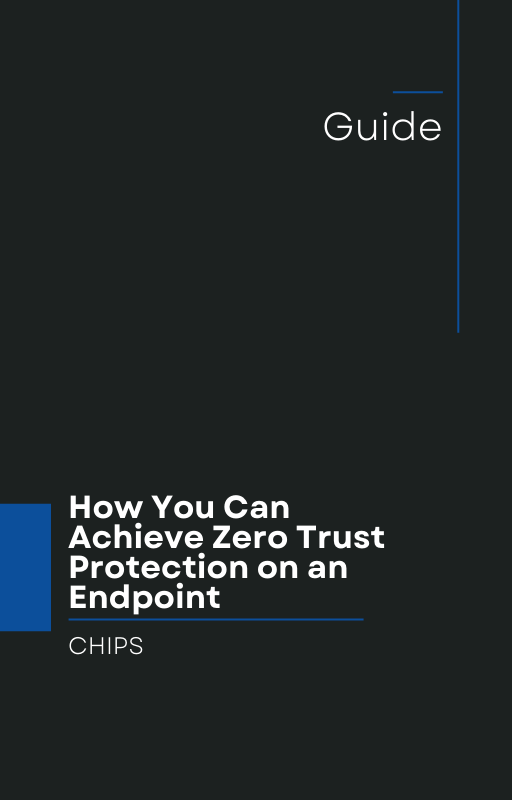Recently, a detailed investigation by Cyber Security News exposed how a sophisticated pro-Russian cyber-criminal group dubbed SectorJ149 (also known as UAC-0050) has escalated attacks against key industries around the world. Cyber Security News
These aren’t run-of-the-mill cybercrimes. The targets include manufacturing, energy, and semiconductor firms across South Korea, Ukraine, and other allied nations. The group uses customized malware, spear-phishing aimed at executives, obfuscation tactics, registry modifications, and process hollowing to compromise systems. Their operations are geopolitical in nature, not simply financial: the goal is strategic disruption, intelligence gathering, and weakening industrial capacity.
Why This Matters for Businesses Everywhere
Let’s unpack how these threats could touch any business, and why most security postures may not be enough.
-
Geopolitical actors targeting industry
SectorJ149 is not just after data; they’re after control. Critical infrastructure, semiconductor firms, and energy sectors are being breached not for ransom—but for long-term strategic gain. -
Advanced, layered attack techniques
The group uses spear phishing with sophisticated social engineering; they send CAB-file attachments posing as legitimate business documents, deploy obfuscated PowerShell scripts, even use steganography (hiding code inside benign files like images), and inject malicious code into trusted processes. -
Detection may be too late
Once malware is running inside trusted processes, or initial access has been established, conventional detection & response (EDR, antivirus, etc.) often struggle. They rely on known signatures, behavior anomalies, or log-analysis. But by then, damage (data exfiltration, disruption, espionage) may already be underway. -
Risk of escalation
As these attacks demonstrate, the consequences are not hypothetical. Disruption, loss of proprietary data, regulatory exposure, damage to brand reputation, supply chain impact—these are real stakes. If attack vectors are allowed to persist inside the network, they can be leveraged later for even more damaging campaigns.
From “Detect & Respond” to “Isolation & Containment”
The traditional cybersecurity model for many businesses has heavily leaned into Detect & Respond:
-
Firewalls, antivirus, EDR tools
-
Monitoring, logging, alerting
-
Incident response teams activated post-breach
But consider how quickly SectorJ149 bypasses perimeter controls and uses trusted system processes to establish persistence. Once inside, conventional tools may see activity, but containment is often slow or incomplete.
That’s why the next evolutionary step in endpoint security is Isolation & Containment—minimizing what an attacker can do the moment they breach, by isolating execution contexts, limiting lateral movement, preventing code injection into trusted processes, and isolating risky behaviors.
AppGuard: A Proven Solution
Enter AppGuard, a commercially available endpoint protection solution with over 10 years of proven success, particularly in high-risk environments. It’s been used in settings where preventing breaches is not optional—it’s mission critical.
Here’s how AppGuard supports Isolation & Containment:
-
Default Deny / Zero Trust Execution Control: Only explicitly allowed applications or behaviors run; everything else is blocked or sandboxed.
-
Protection against process injection / hollowing: Stops malicious code from taking over valid system processes.
-
Containment of unknown binaries: Unrecognized files or scripts are restricted so they can’t harm core systems.
-
Minimal attack surface: AppGuard is less reliant on detecting malware signatures and more on enforcing what is and is not allowed at runtime.
With threats like SectorJ149, you need security that doesn’t wait for alarms to go off, but instead prevents unwanted execution in the first place.
What Business Leaders Should Do Now
Here are actionable steps to shift your security posture:
-
Review your current endpoint protection tools: Are they capable of isolating untrusted code? Do they allow process injection? How easily can an attacker gain persistence?
-
Adopt a prevention-first mindset: It’s not enough to detect attacks. The goal must be to stop them before they spread. Move from patching and monitoring toward containment.
-
Evaluate solutions like AppGuard: Look for proven tools with track records in hard environments. Do pilot projects to see how well they limit risk in practice.
-
Train staff, especially executives, about spear phishing/social engineering: Many of these attacks start with deceptive email attachments or requests.
-
Test your incident response with containment in mind: Simulate attacks, see how fast malicious behavior can be isolated, and refine processes accordingly.
Conclusion
The threat landscape is evolving. Groups like SectorJ149 are emblematic of the shift: strategic, persistent, intent on disruption—not just theft. If your security strategy is still predominantly detect and respond, you’re already behind.
AppGuard offers a proven path forward with strong isolation and containment capabilities, blocking attacks before they can take root.
Call to Action
If you’re a business owner or technology leader, it’s time to rethink your defense model. Talk with us at CHIPS about how AppGuard can prevent the kind of incidents described above. Let us help you move beyond Detect & Respond toward Isolation & Containment—and protect your organization before an attack even starts. Contact us now to explore how AppGuard fits your environment and strengthens your security posture.
Like this article? Please share it with others!

October 10, 2025

Comments